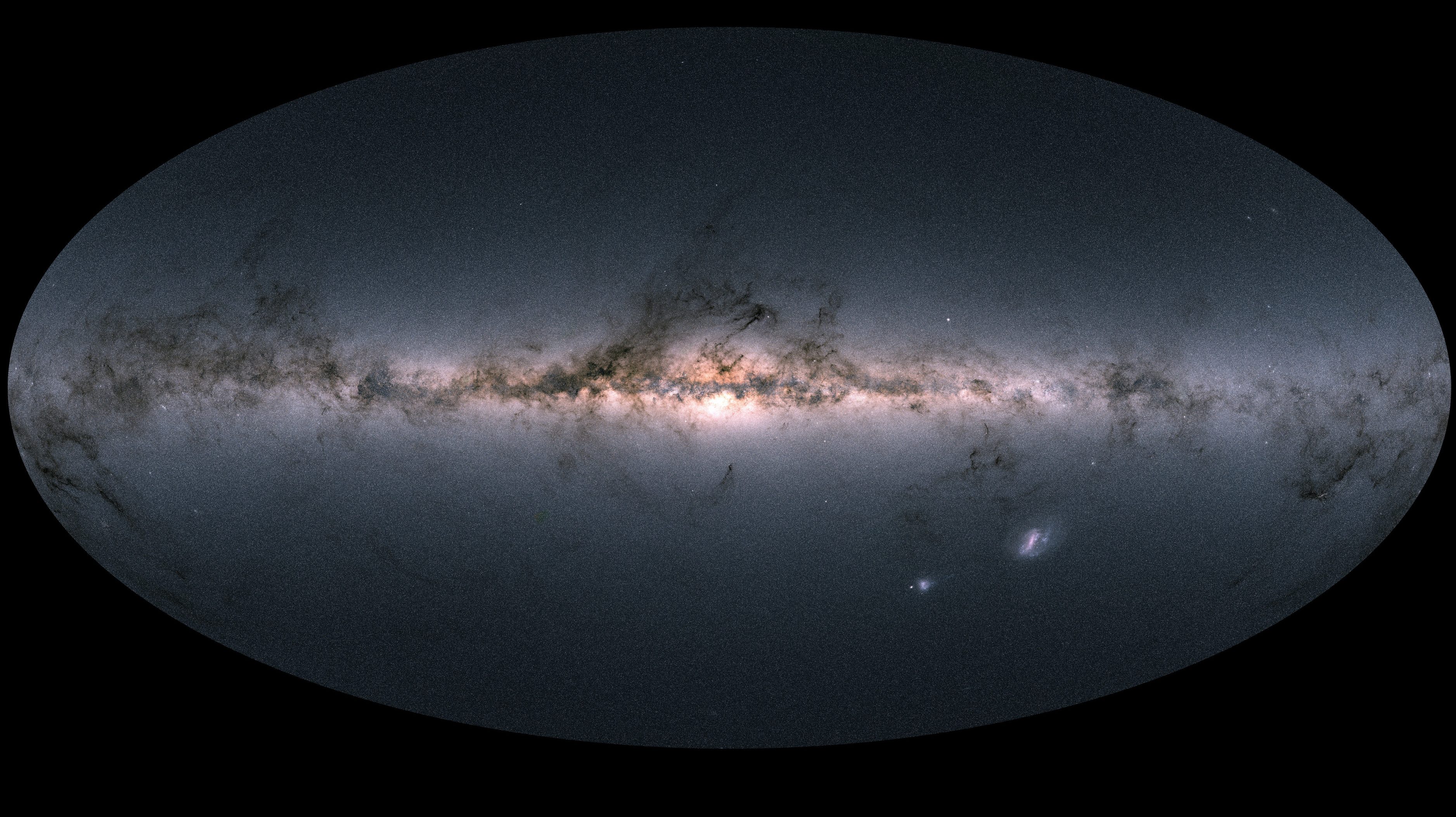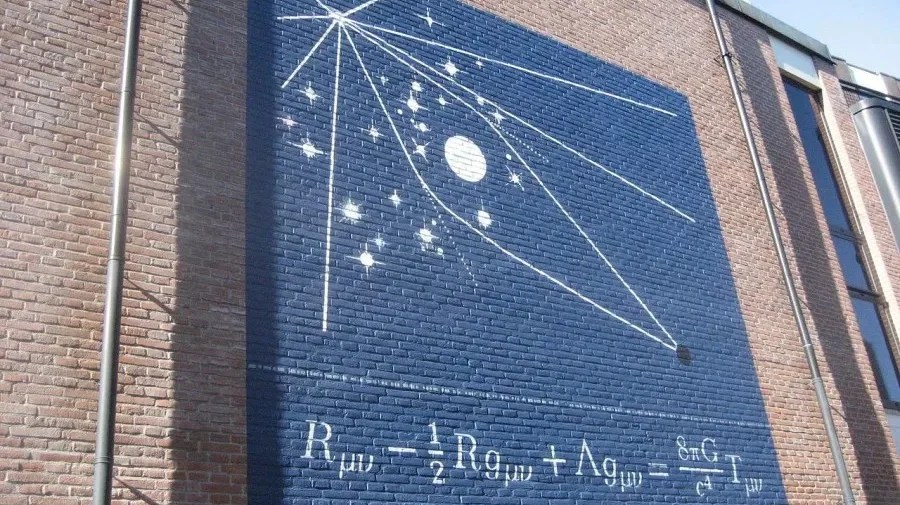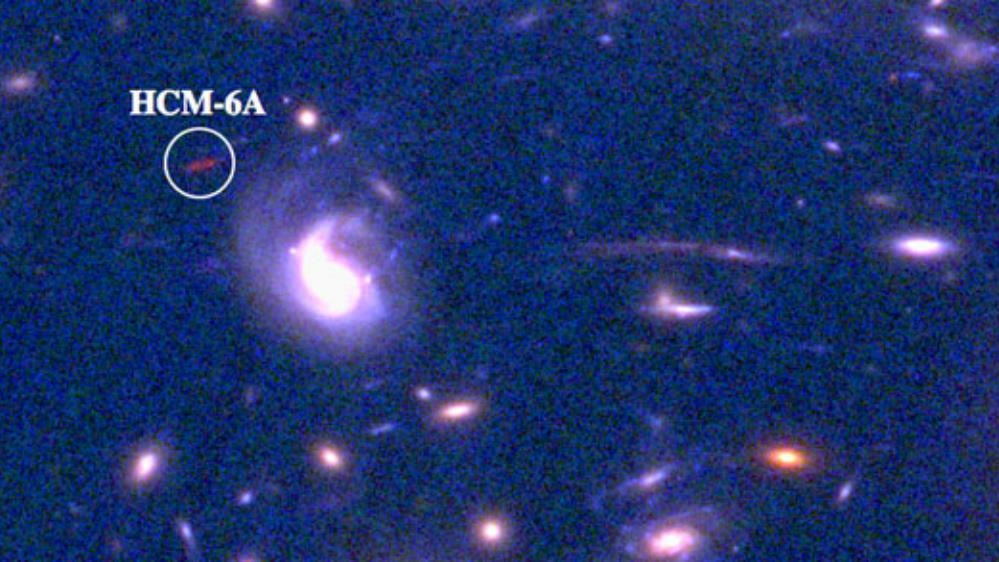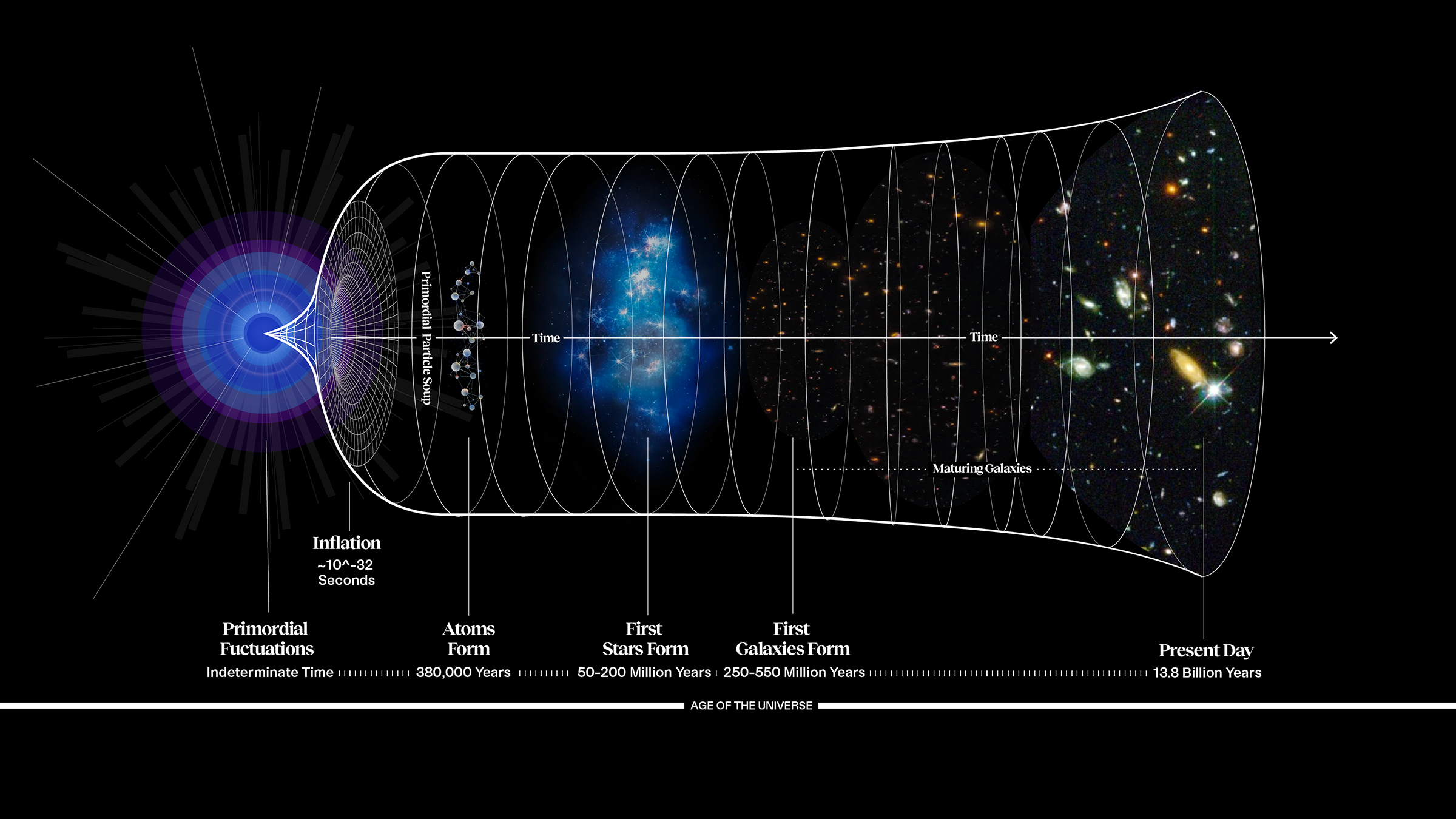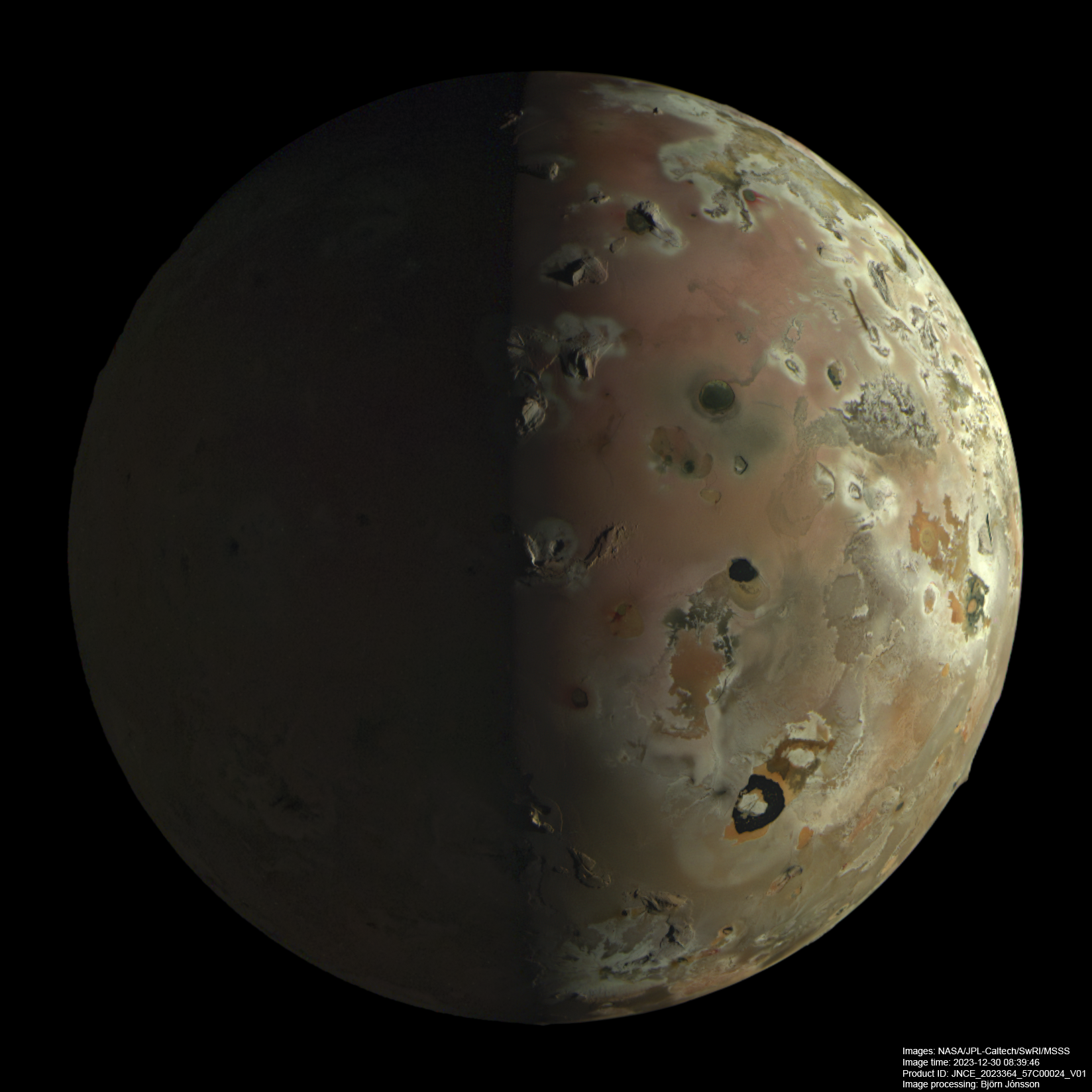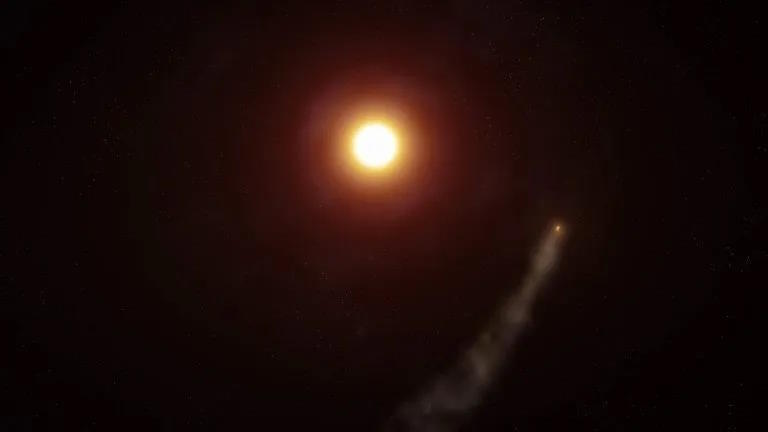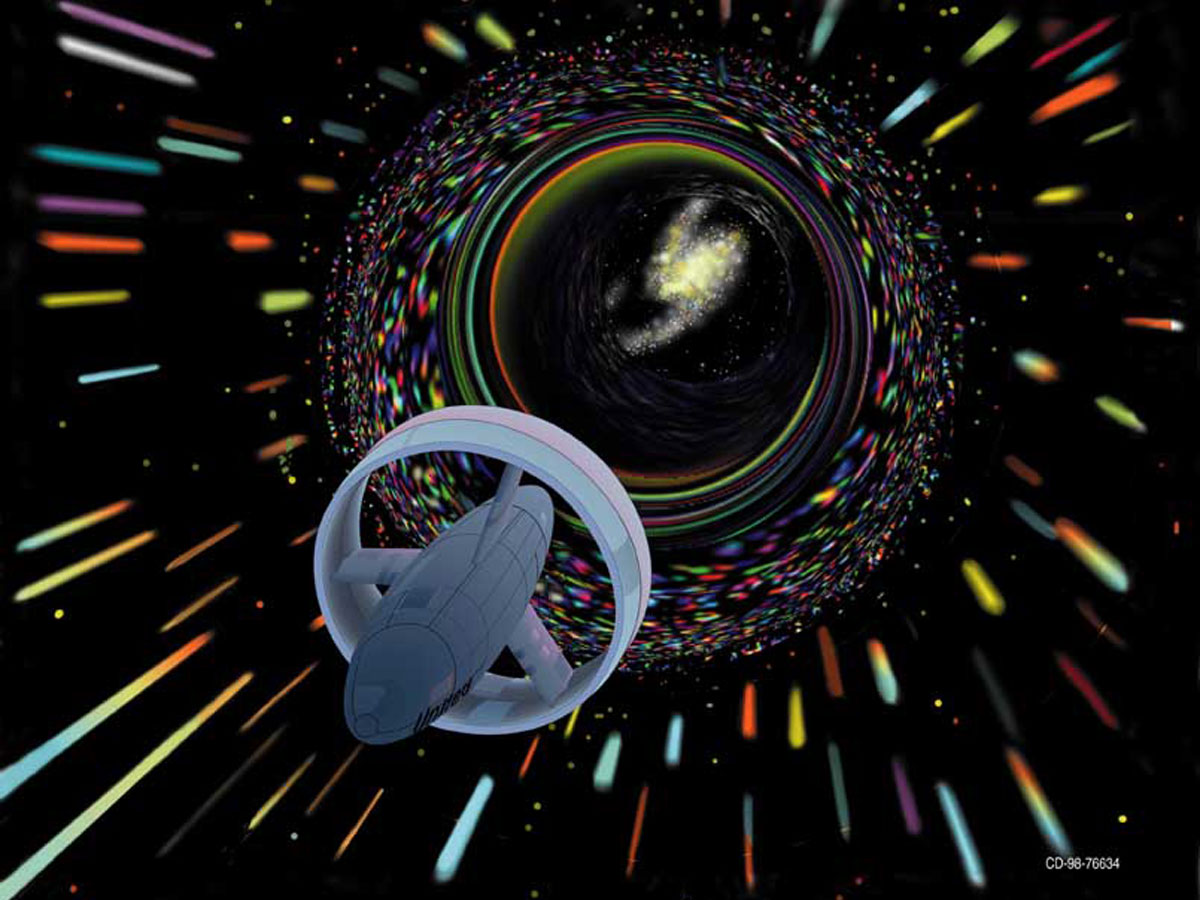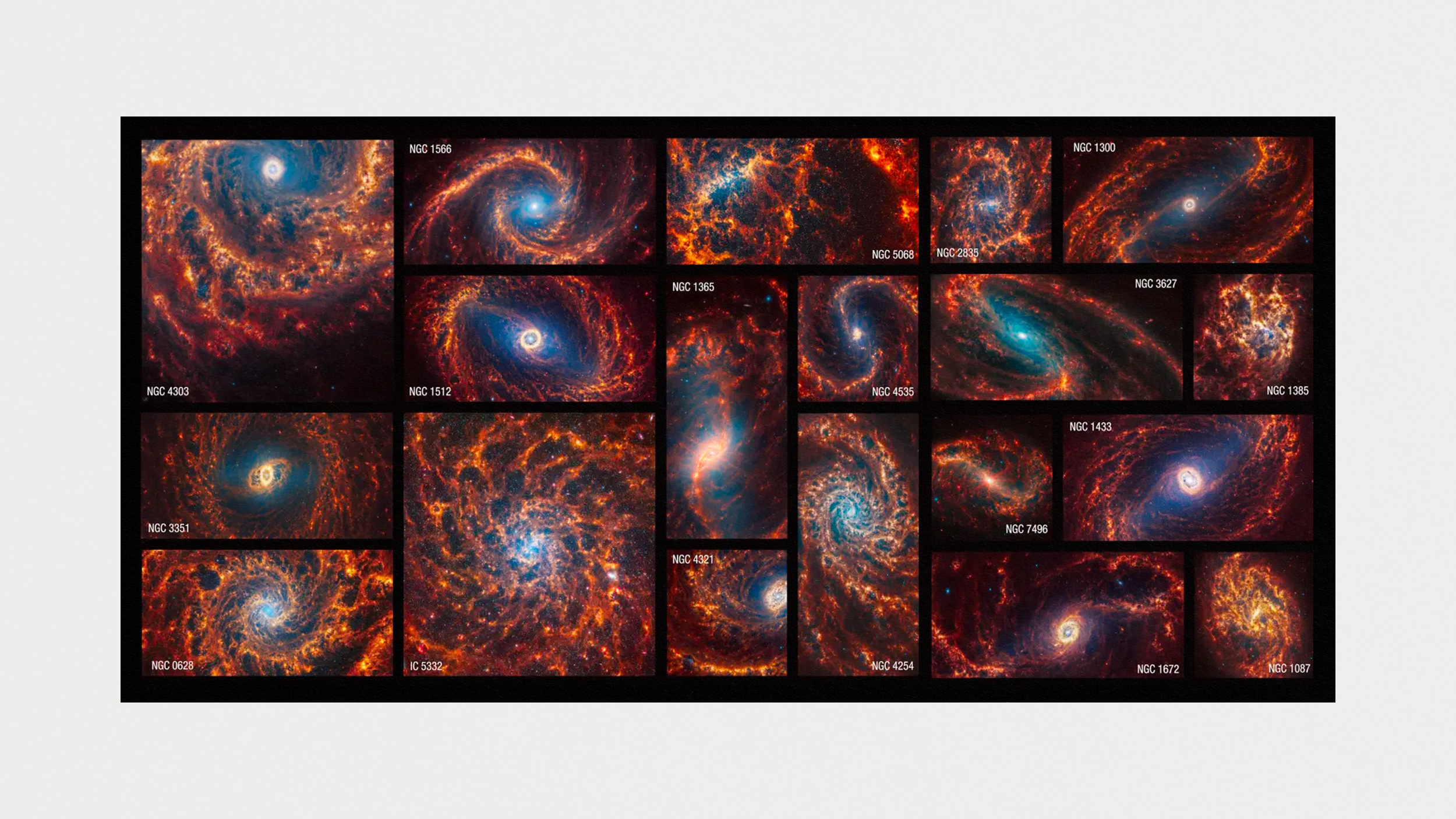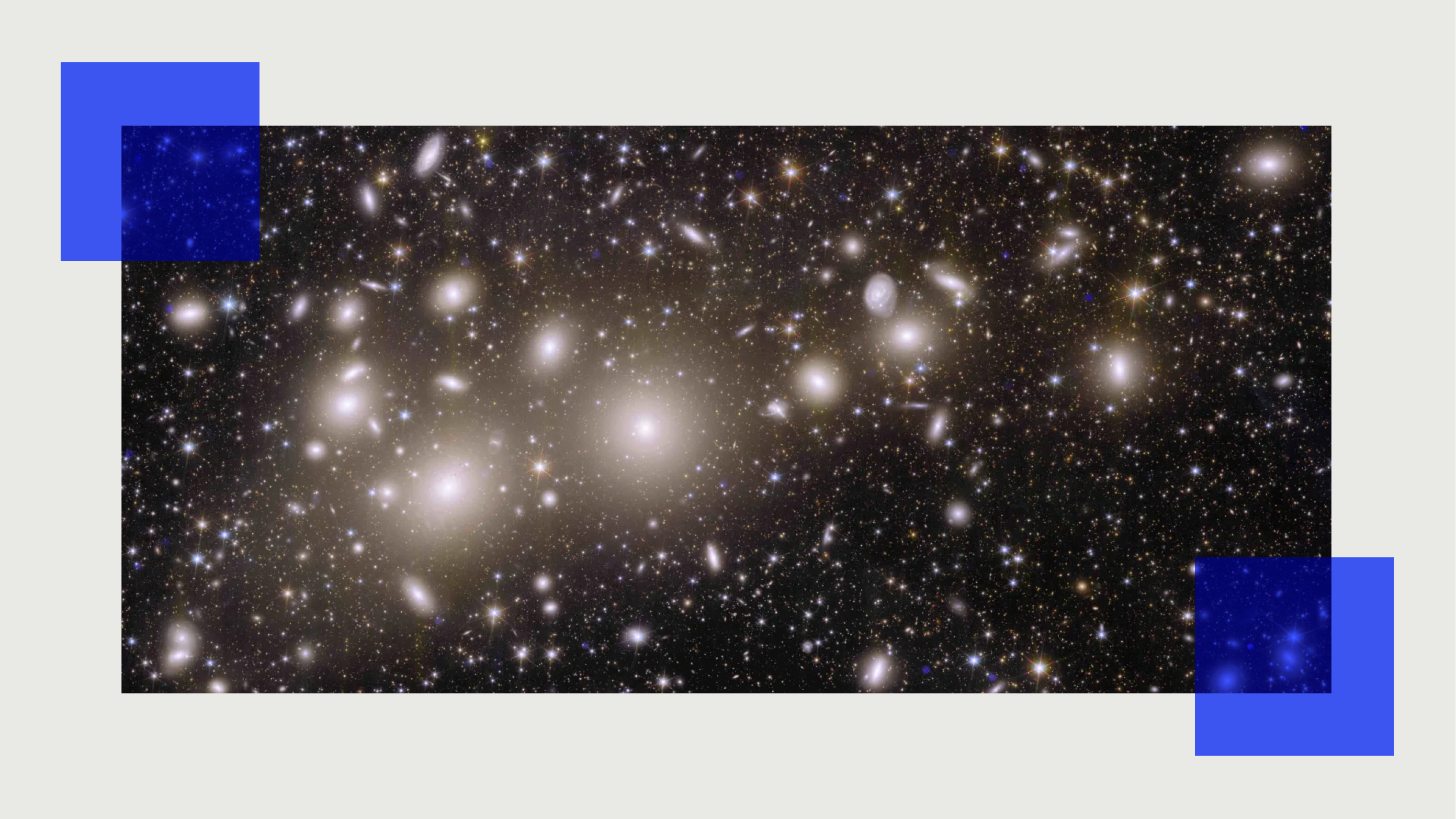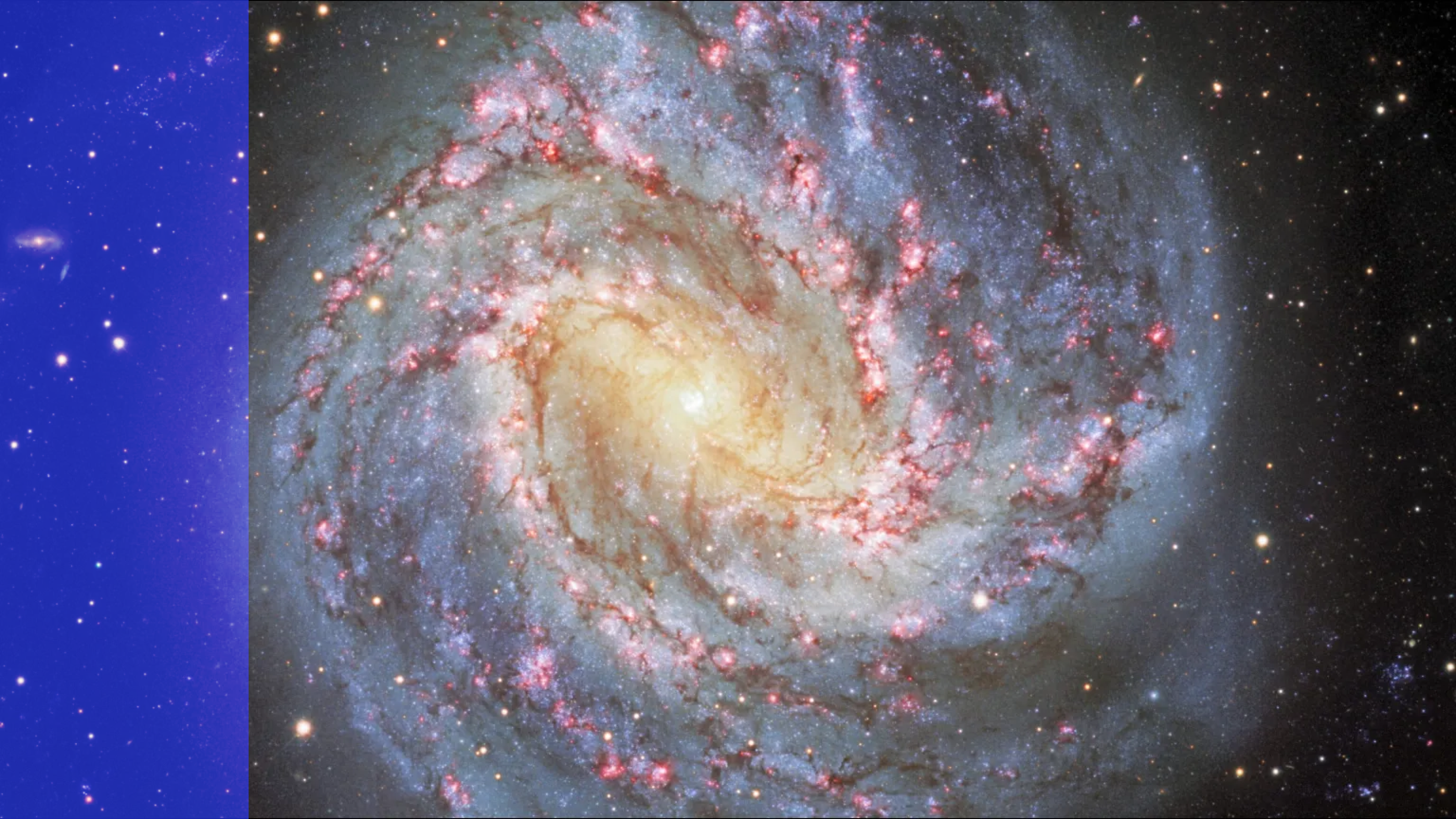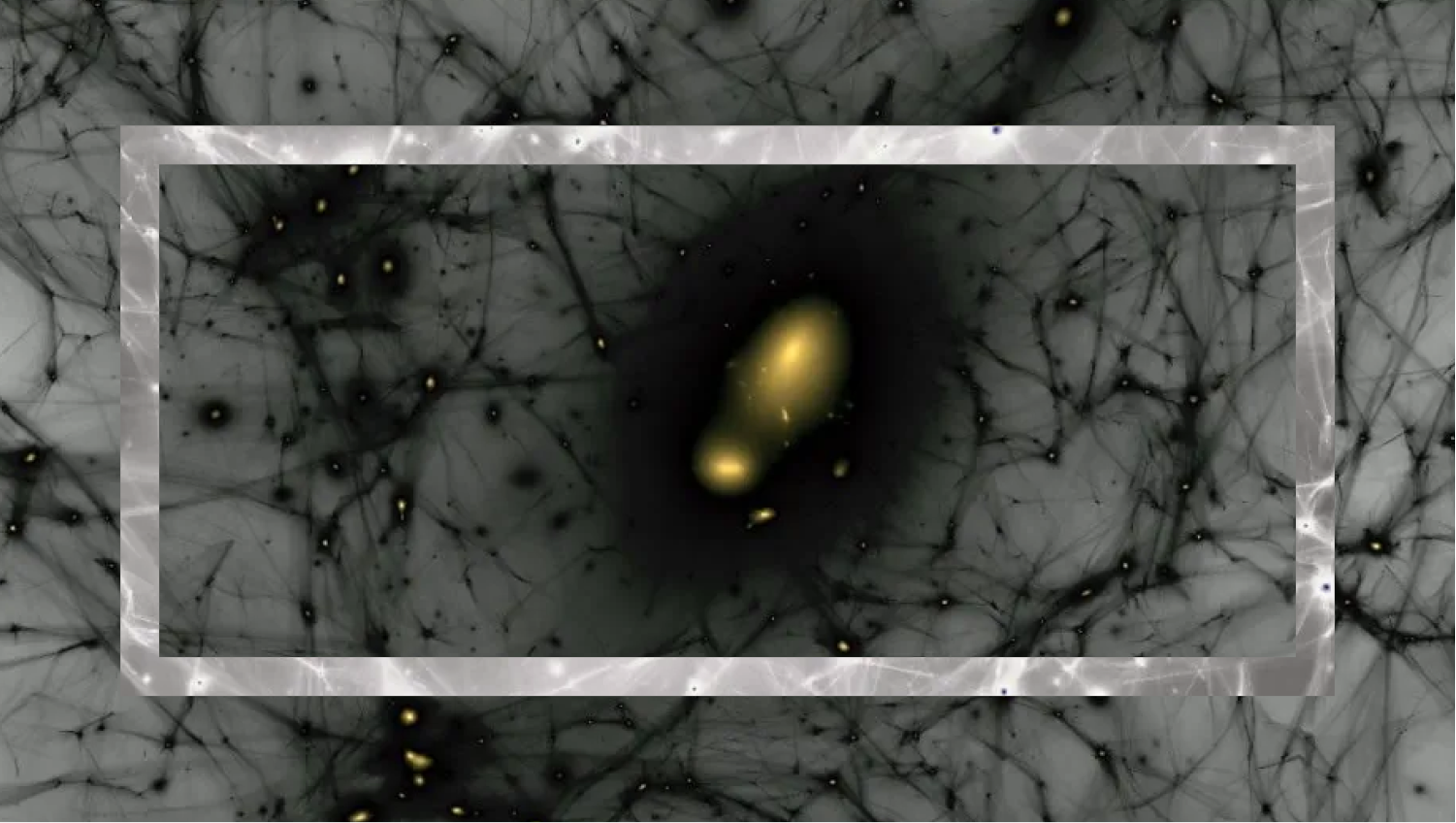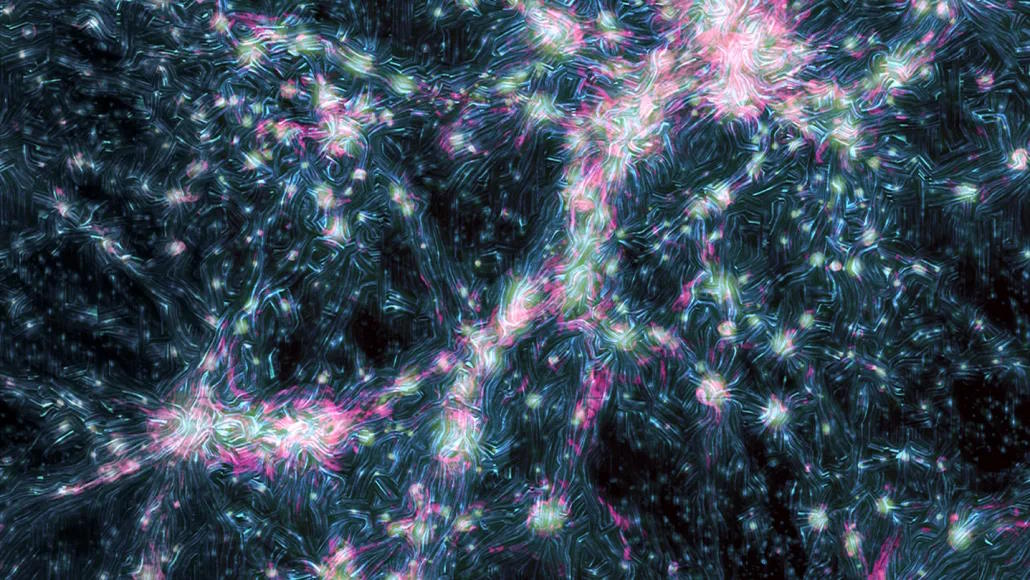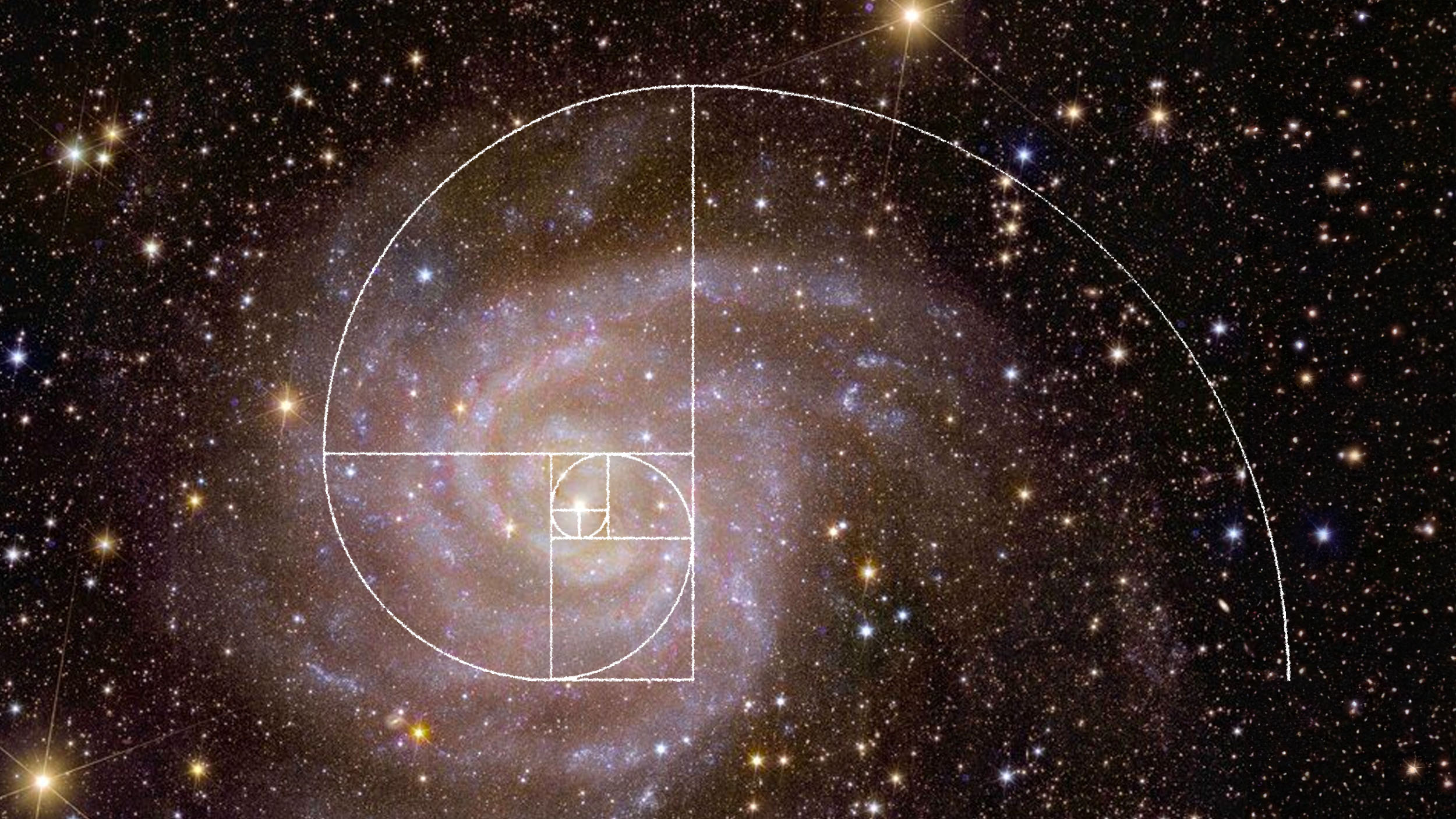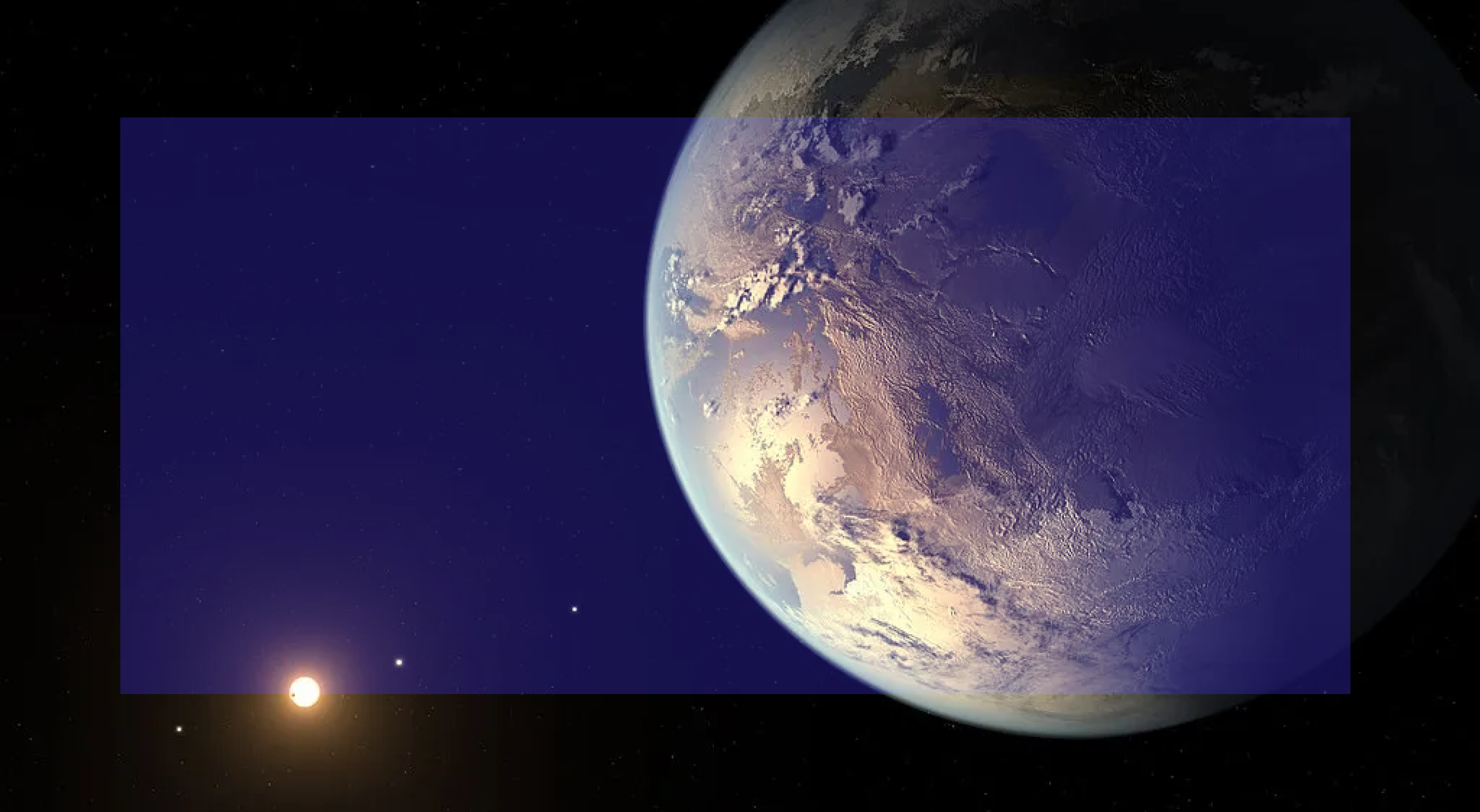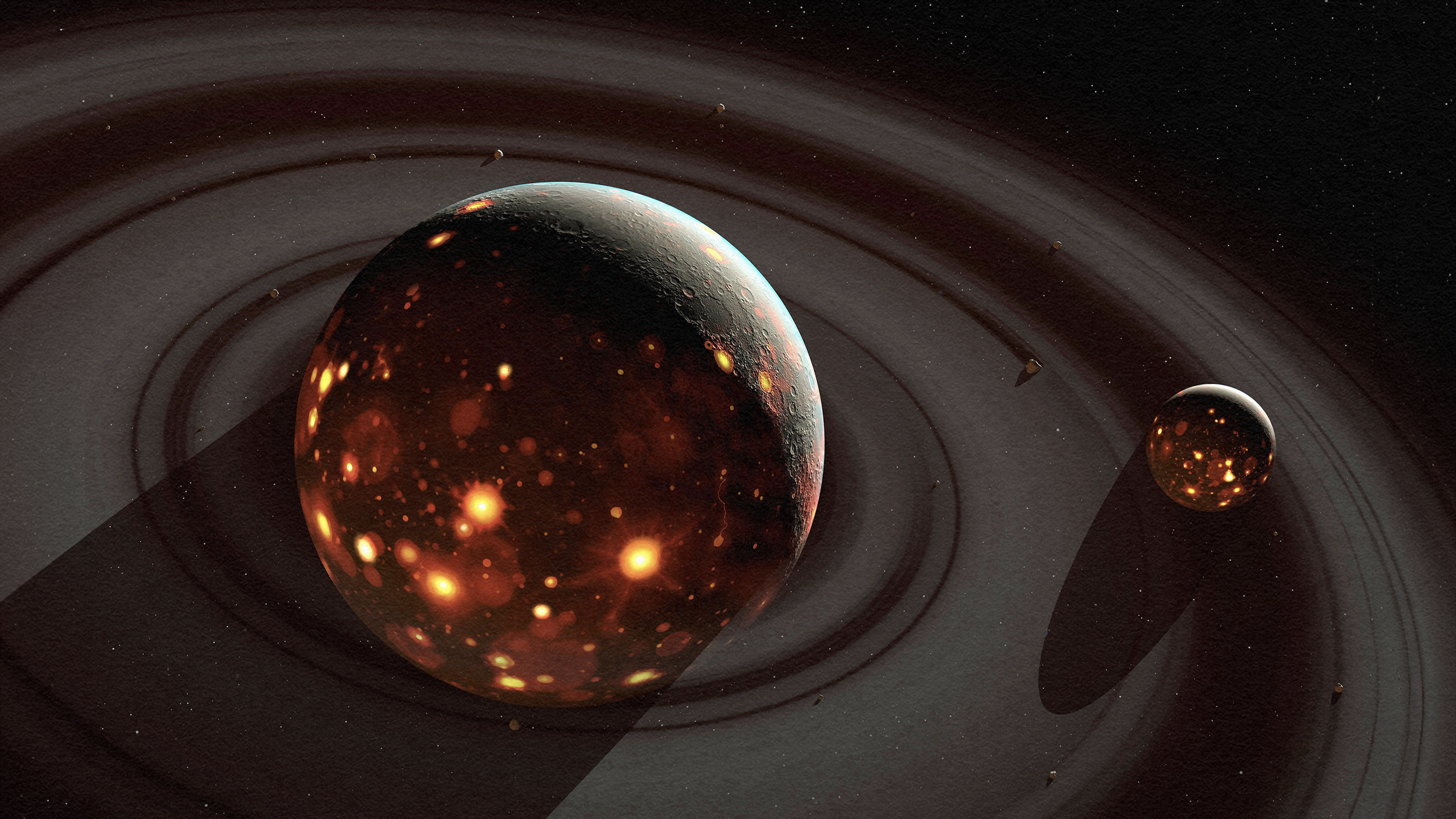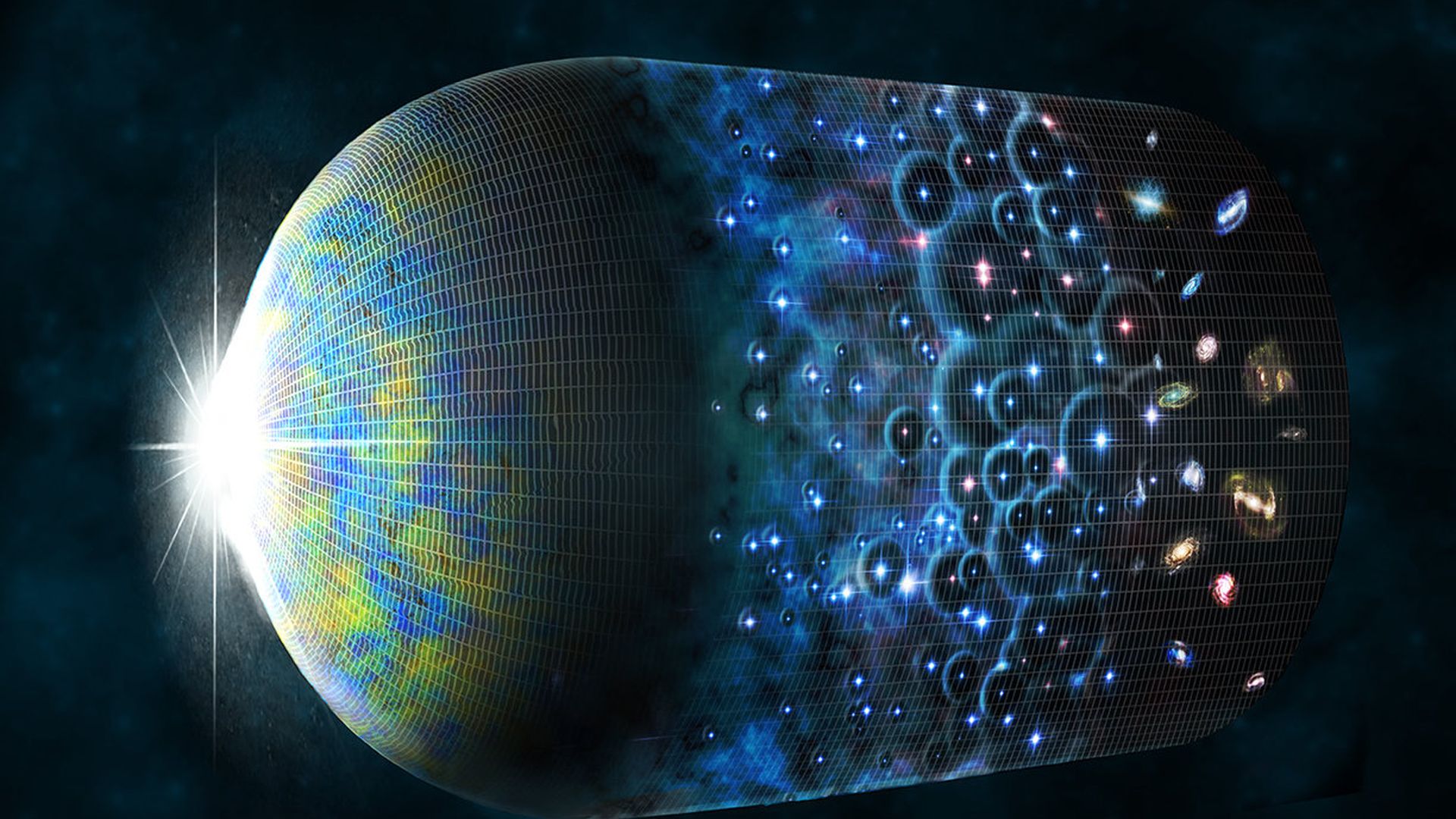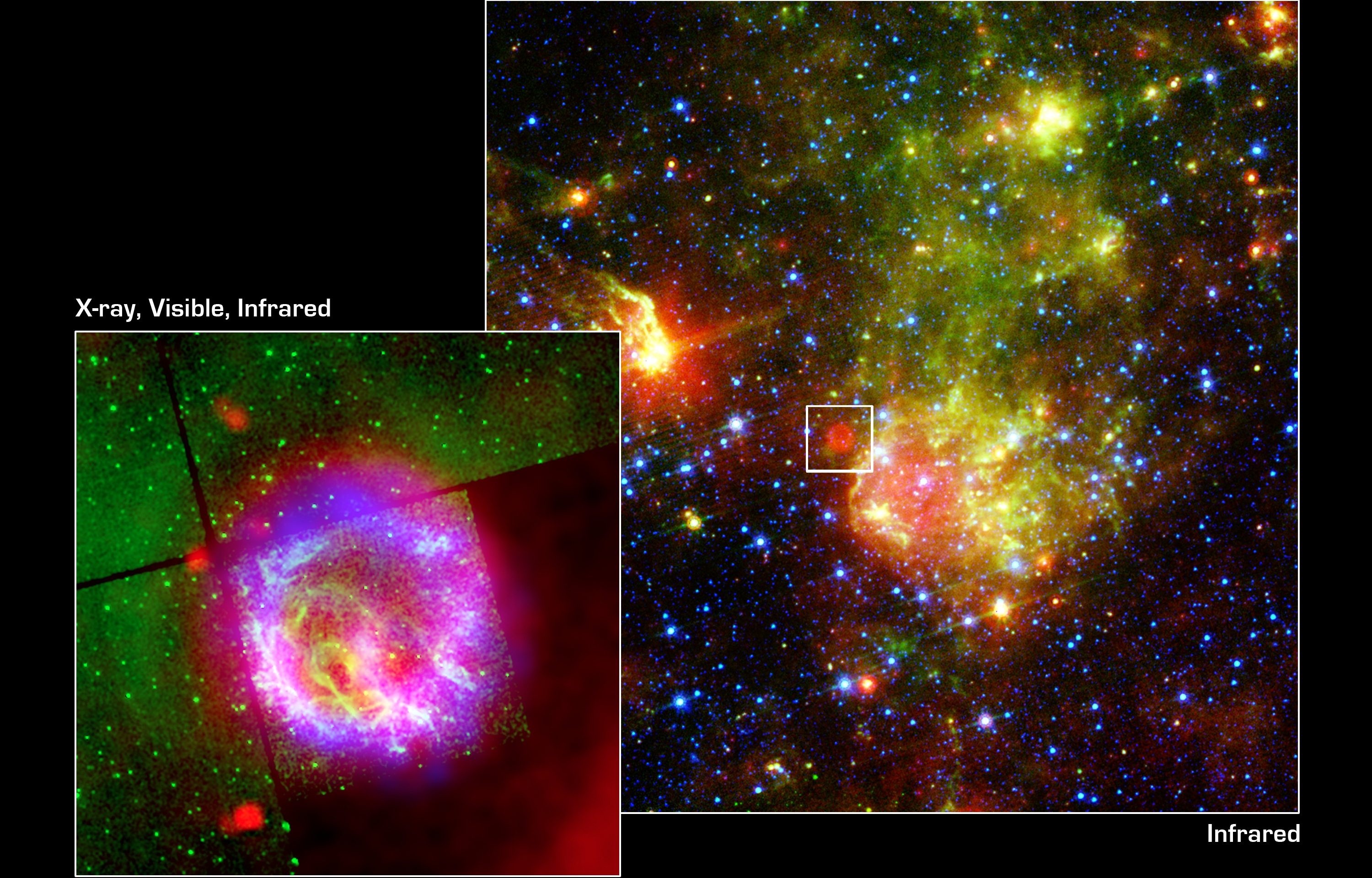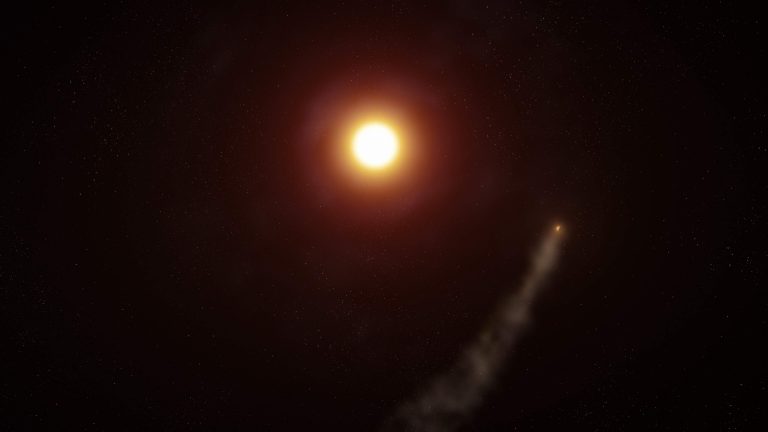Ethan Siegel
A theoretical astrophysicist and science writer, host of popular podcast “Starts with a Bang!”
Ethan Siegel is a Ph.D. astrophysicist and author of "Starts with a Bang!" He is a science communicator, who professes physics and astronomy at various colleges. He has won numerous awards for science writing since 2008 for his blog, including the award for best science blog by the Institute of Physics. His two books "Treknology: The Science of Star Trek from Tricorders to Warp Drive" and "Beyond the Galaxy: How humanity looked beyond our Milky Way and discovered the entire Universe" are available for purchase at Amazon. Follow him on Twitter @startswithabang.

Almost every large structure in the Universe displays a 5:1 dark matter-to-normal matter ratio. Here’s how some galaxies defy that rule.
Almost everything we can observe and measure follows what’s known as a normal distribution, or a Bell curve. There’s a profound reason why.
In the early stages of our Solar System, there were three life-friendly planets: Venus, Earth, and Mars. Only Earth thrived. Here’s why.
For thousands of years, humanity had no idea how far away the stars were. In the 1600s, Newton, Huygens, and Hooke all claimed to get there.
Although many of Einstein’s papers revolutionized physics, there’s one Einsteinian advance, generally, that towers over all the rest.
Beyond the planets, stars, and Milky Way lie ultra-distant objects: galaxies and quasars. Here’s how far back we’ve seen throughout history.
It’s not about particle-antiparticle pairs falling into or escaping from a black hole. A deeper explanation alters our view of reality.
Although early Earth was a molten hellscape, once it cooled, life arose almost immediately. That original chain of life remains unbroken.
The Earth that exists today wasn’t formed simultaneously with the Sun and the other planets. In some ways, we’re quite a latecomer.
The Universe didn’t begin with a bang, but with an inflationary “whoosh” that came before. Here are the biggest questions that still remain.
NASA’s Juno mission, in orbit around Jupiter, occasionally flies past its innermost large moon: Io. The volcanic activity is unbelievable.
As planets with too many volatiles and too little mass orbit their parent stars, their atmospheres photoevaporate, spelling doom for some.
Without wormholes, warp drive, or some type of new matter, energy, or physics, everyone is limited by the speed of light. Or are they?
It took 9.2 billion years of cosmic evolution before our Sun and Solar System even began to form. Such a small event has led to so much.
Early on, only matter and radiation were important for the expanding Universe. After a few billion years, dark energy changed everything.
Stars are born, live, and die within the spiral arms of galaxies like the Milky Way. These 19 JWST spirals deliver unprecedented riches.
If our Milky Way were located in the Virgo cluster instead of the Local Group, chances are we’d already be a “red and dead” galaxy.
Valles Marineris is the Solar System’s grandest canyon, many times longer, wider, and deeper than the Grand Canyon. What scarred Mars so?
Our own galaxy, the Milky Way, is both completely normal and absolutely remarkable in a number of ways. Here’s the story of our cosmic home.
On the largest cosmic scales, galaxies line up along filaments, with great clusters forming at their intersection. Here’s how it took shape.
Astronomers claim to have found structures so large, they shouldn’t exist. With such biased, incomplete observations, perhaps they don’t.
Here in our Solar System, we only have one star: a singlet. For many systems, including the highest-mass ones, that’s anything but the norm.
The pattern 1, 1, 2, 3, 5, 8, 13, etc., is the Fibonacci sequence. It shows up all over nature. But what’s the full explanation behind it?
Life became a possibility in the Universe as soon as the raw ingredients were present. But living, inhabited worlds required a bit more.
Today, supermassive black holes and their host galaxies tell a specific story in terms of mass. But JWST reveals a different story early on.
The most celebrated genius in human history didn’t just revolutionize physics, but taught many valuable lessons about living a better life.
Our cosmic home, planet Earth, has been through a lot over the past 4.5 billion years. Here are some of its most spectacular changes
For every proton, there were over a billion others that annihilated away with an antimatter counterpart. So where did all that energy go?
One newly discovered, ancient star has a composition unlike any other. Explaining its existence is already blowing astronomers’ minds.
Planets can be Earth-like or Neptune-like, but only rarely are in between. This hot, Saturn-like planet hints at a solution to this puzzle.



